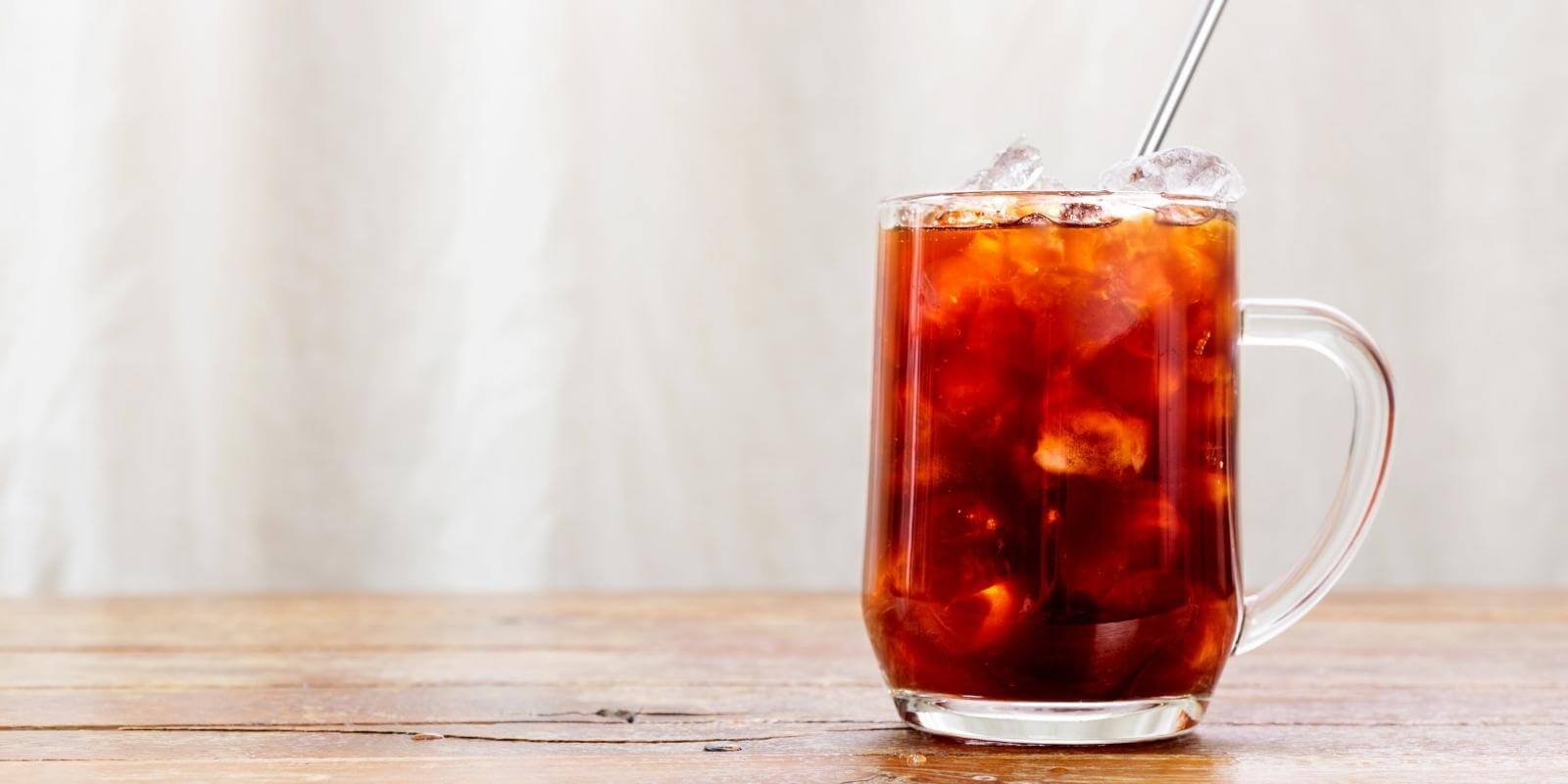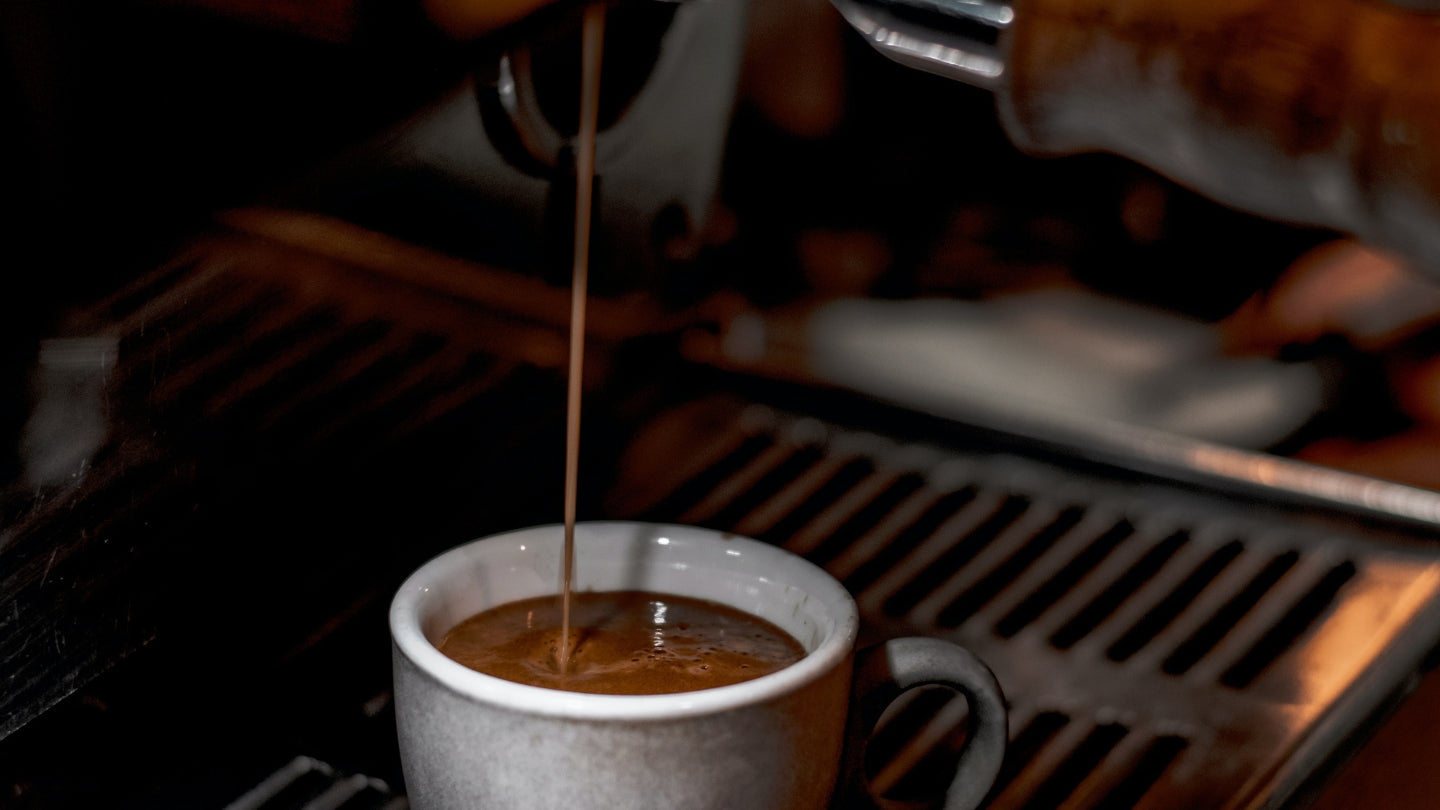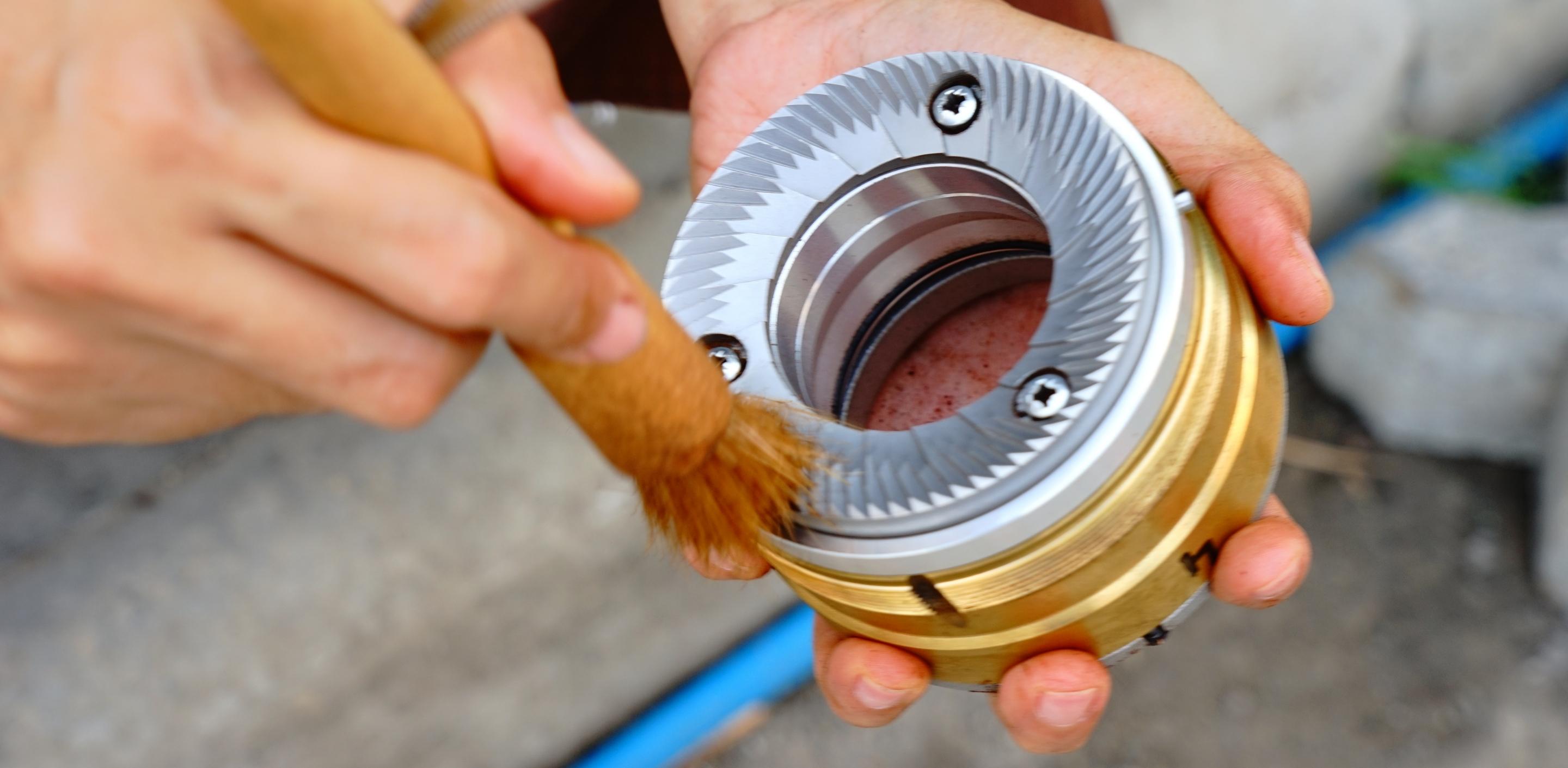Cold Brew Guide

Equipment:
-
A container.
There are plenty of cold brewing apparatus available on the market, from Toddys to Mizudashi pots. You can get by with a mason jar or even use a bucket if you wish. A French Press can be a great cold brew container given its built in filter. Basically any container of sufficient capacity will do for cold brewing.
-
A filter.
Many of the cold brew apparatus will come with their own form of filtration - paper, metal, ceramic, or felted - and all work in a similar fashion. Provided you have the means to pass the brew through the filter without it becoming clogged by 'fines', your filtration will be sufficient. We like to use a giant conical colander with a paper filter and filter the extract several times (but we make very large quantities of cold brew!).
Ingredients:
-
Ground coffee. 250g of very coarse grind, filter roast coffee
- Filtered water. 1000g of filtered water
Method:
- Put the ground coffee in the chosen container.
- Pour the water into the container, then mix or shake to ensure all of the coffee is saturated.
- Leave the coffee to brew for around 16 hours. We find anywhere from 12 to 20 is acceptable. More than 20 and you'll start extracting plant fibre from the beans, making the flavour woody.
- Filter the brew using your preferred means. If using a reusable filter, make sure to rinse it thoroughly afterward.
- Refrigerate immediately, and keep the brew in the fridge for up to two weeks.
- This recipe makes a fairly concentrated brew of 1:4 that can be diluted with milk or water to your taste preference. The total volume of coffee you'll be left with will be around 750ml - some of the water will be retained in the ground coffee.
Would you like to know more?
Alternative recipe
-
Ground coffee. 65g of medium grind, filter roast coffee
- Filtered water. 1000g of filtered water
If you want to really taste the unique flavour compounds in your coffee, try this more delicate proportion of coffee to water. Cold brewed coffee made with this ratio will have less body but the flavour compounds will be more easily distinguished. At this concentration, you will typically not need to add water or much milk.
The ratio of this recipe is approximately 1:15. This recipe will yield around 950ml of coffee - only a small amount of water will be retained in the ground coffee.
Try a different type of filter
There are a few different ways you can filter your cold brew, each with advantages and disadvantages; Paper, Felt, Ceramic, Metal, and Cloth.
Paper filters
Paper filters completely prevent not only any ground coffee getting into your brew, including the finest particles, but also remove many of the oils and lipids in the liquid that give your coffee a more viscous mouthfeel. This means you will lose some of the flavour and aroma too. However, they are quick and easy to use, disposable, and offer a very clean and bright drinking experience.
Ceramic and metal filters
Ceramic and Metal filters will not remove all of the finest particulate from the brew, nor will they prevent any of the oils or lipids from passing through. This will leave you with a thicker, more viscous extraction with a more intensely perceived aroma and flavour profile. You may end up with mild sediment if you use this type of filter, but you will also produce no additional waste. Cleanup is relatively quick and easy. These filters will last forever if cleaned properly.
Cloth and felt filters
Cloth and Felt filters sit somewhere in the middle. They'll prevent almost every particle from getting into your brew, but the amount of oils and lipids they catch is minimal. They will leave you with a moderately thick mouthfeel, high acidity, and a very good flavour and aroma. They are a little more work to keep clean, as they need to be rinsed and thoroughly, then kept dry but not so dry that they become brittle. Cloth filters also have a have a limited lifespan as they will retain tiny amounts of fines and oils each time you brew, no matter how well you clean them, and eventually begin to contribute off flavours to your coffee.
Filter the coffee multiple times
You may like to try filtering your cold brew multiple times in order to improve the clarity and lower the viscosity. While passing cold brew through a standard filter is certainly enough to make it drinkable, most filters will allow some very fine solids to pass through. The more intensively that cold brew is filtered, the longer it can be kept before it starts to turn bad, the cleaner the flavour, and the lighter the mouthfeel. If this is to your preference, try filtering your cold brew several times, or through more than one type of filter.
Try an alternative milk, perhaps diluted
Cold brewed coffee makes an excellent base for all sorts of drinks, and is particularly suitable for mixing with alternative milks. One part cold brew to one part alternative milk makes a good starting place that can then be diluted with filtered water to the desired consistency.
Try a different roast degree
Try your cold brew with Filter Roast beans, use a paper filter, and drink black to notice the heightened acidity. For a delectable set of chocolate undertones, find an Espresso Roast coffee and use a metal or cloth filter to retain the body, then add some milk for a lip-smacking iced coffee.
Try a slightly longer or shorter brew time
You might prefer the slightly woody flavour notes you'll get from a longer brew, or the more delicate result you'll get from a shorter one. As a general rule, don't bother with less than 12 hours, and don't go longer than 24 hours, but hey, it's your coffee, maybe you want to?
Try brewing at room temperature versus refrigerated
Brewing at room temperature is a touch faster than brewing refrigerated, though not by a great deal. We've found we can brew for up to 24 hours in the fridge without the flavour becoming too woody, but sometimes we'll get this effect at 20 hours at room temperature. If you're not loving the brew you're making, try changing this up.
Use better water
We can’t stress this enough. The water you use to brew makes a huge difference to the taste of your coffee - not surprising given that it makes up a far greater proportion of the final brew than the coffee solubles. Depending on the concentration you make, your cold brewed coffee will still be more than 90% water. It is worth the effort to get the water composition good to begin with.
While filtered water is a good solution as it removes a good portion of the undesirable compounds in water, it doesn’t constitute the best option for coffee brewing. To really highlight the natural flavours in a filter roast single origin coffee, you may wish to make your own water. You can do this by getting some distilled or demineralised water and then mixing in a mineral package designed specifically for providing the right chemical balance for making coffee. Such mineral compositions are available from groups such as Third Wave Water, but coffee roasters are also now beginning to experiment with creating their own water blends for coffee brewing.
Compare cold brewed coffee to brewed coffee, chilled
At Bancroft Roasters, we're fans of the Hario V60 pour over. As an alternative to cold brewed coffee, we very much enjoy coffee brewed on the V60 which is then simply flash chilled by pouring it over ice. This is often known as a Japanese Iced coffee, and is a refreshing cold beverage that manages to retain much of the pleasant acidities achieved by brewing at temperature. Try one and compare it with your cold-brewed coffee and see what you think.




